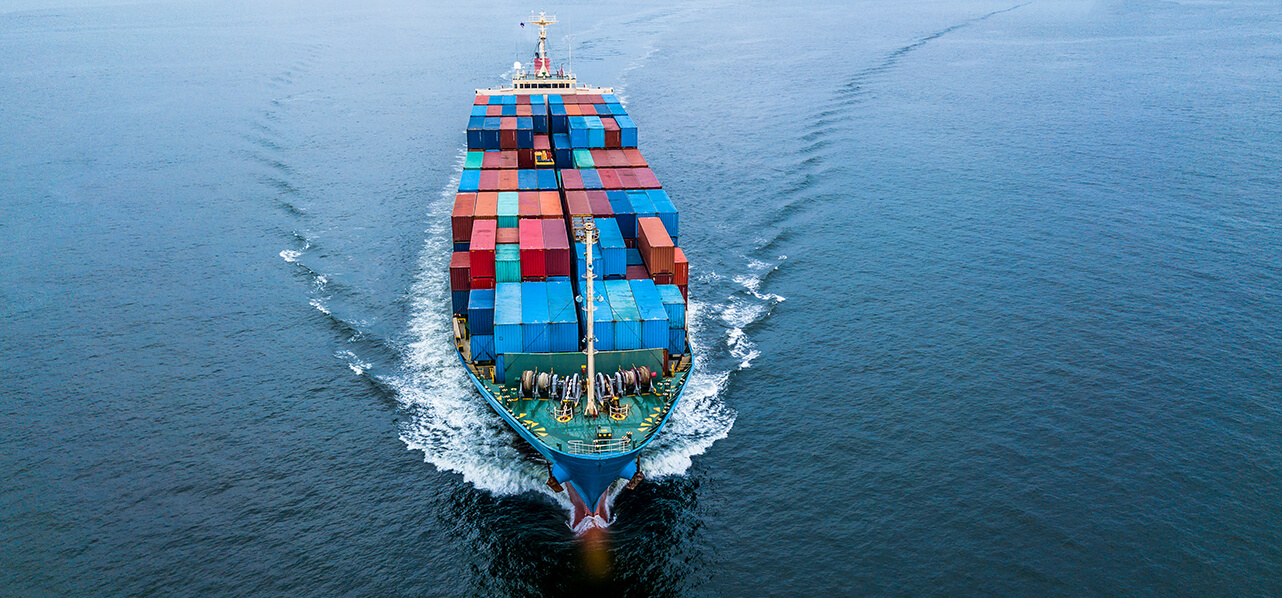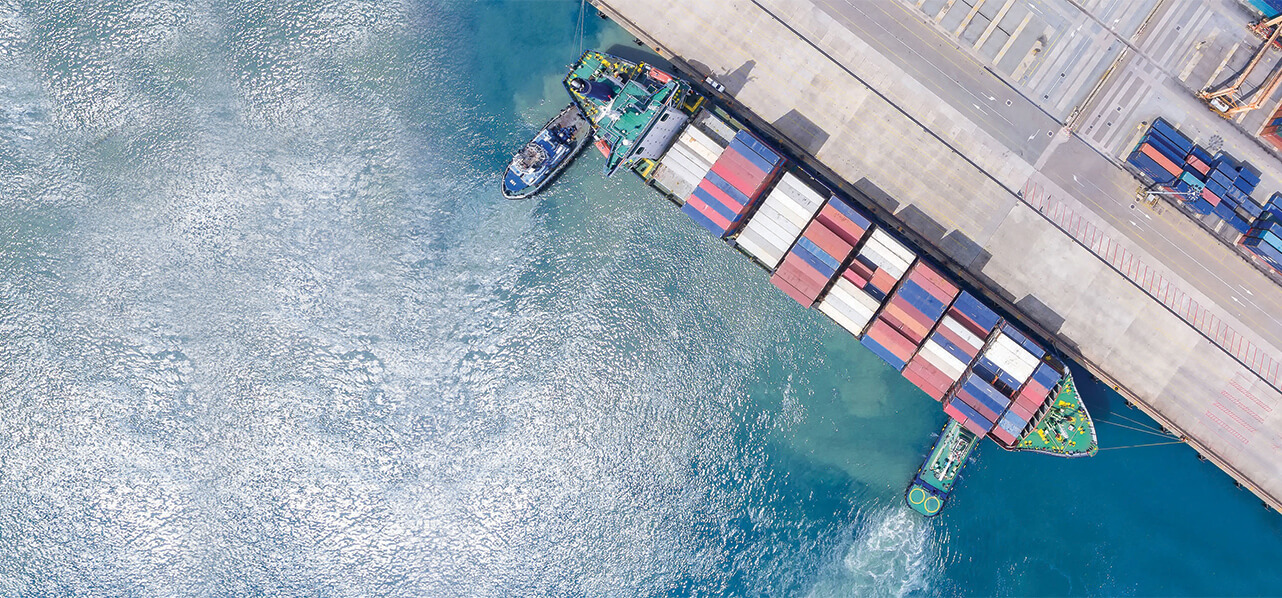The UAE government has recently released the much anticipated and long-awaited new federal maritime law (UAE Federal Maritime Law, No. 43 of 2023, the “New Maritime Law”), which will repeal and replace the existing maritime law (Federal Law No. 26 of 1981 Concerning Commercial Maritime Law, the “Old Maritime Law”) when it comes into force on 29 March 2024. The New Maritime Law has the potential to significantly change the UAE maritime sector, though much will depend on how it is implemented in practice.
In this article, we summarise some of the key developments in the New Maritime Law, both from a commercial and operational perspective as well as a litigation and arbitration viewpoint.
OWNERSHIP OF A UAE REGISTERED VESSEL
What’s new?
Article 12(3) of the New Maritime Law gives the Cabinet the power to grant UAE nationality to a vessel owned by a legal entity owned pursuant to an international agreement between shareholders from different jurisdictions but including the UAE.






